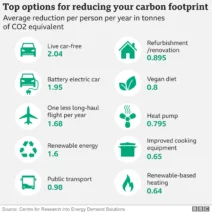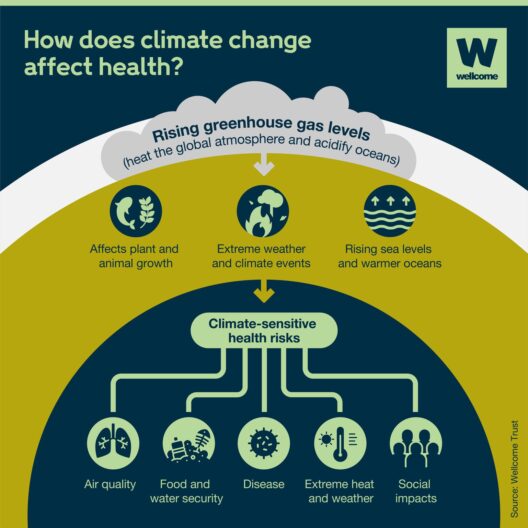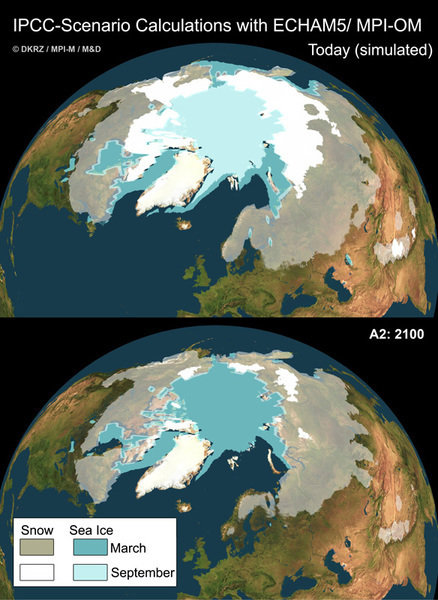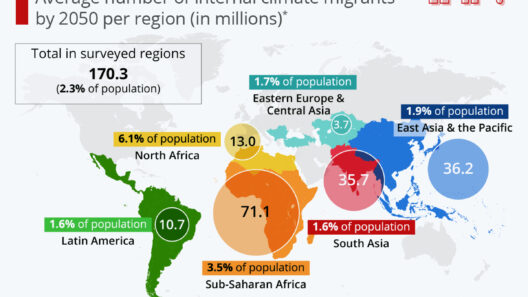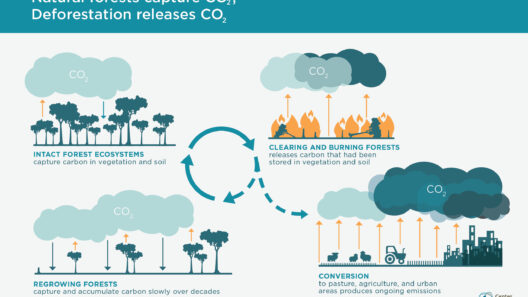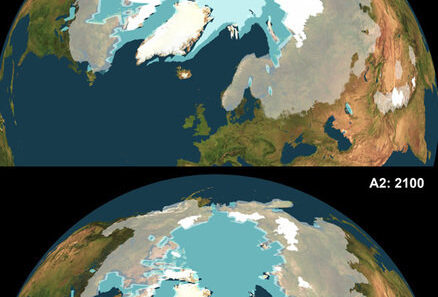The concept of the Climate Clock has captured the imagination of many, serving as both a stark reminder and a call to action in an era of escalating climate crises. With a ticking countdown presented prominently in various locations around the globe, the Climate Clock resonates with urgency, yet it has also sparked discussions surrounding its accuracy and implications. This article explores these nuances, delving deep into the interplay between perception, scientific metrics, and the underlying motivations that drive our fascination with the Climate Clock.
At its core, the Climate Clock metaphorically represents the finite window of time humanity has to mitigate the most catastrophic effects of climate change. Many representations of the clock emphasize how many years, days, hours, and minutes remain before the planet’s temperature surpasses critical thresholds, leading to irreversible ecological degradation. This countdown is not arbitrary; it is based on scientific data regarding greenhouse gas emissions, global temperature rise, and climate tipping points. Proponents argue that visualizing climate goals in such a stark manner galvanizes public interest and combats complacency in the face of looming disaster.
Yet, amid the allure of the clock’s simplicity lies a complex web of scientific inquiry and debate. The accuracy of the Climate Clock hinges on several variables, including the rate of carbon emissions, advancements in technology, and global policy initiatives. The underlying algorithms employed to calculate these figures enter into a realm of approximations, informed predictions, and socio-economic factors. The clock primarily serves as a rhetorical device, intended to provoke urgency rather than function as an infallible metric. Critics contend that oversimplifying the issue through perspective garners unnecessary alarm, potentially clouding more substantive dialogue surrounding climate change solutions.
Our collective obsession with the countdown may stem from profound psychological underpinnings. Heightened anxiety regarding environmental degradation permeates modern society. The Climate Clock encapsulates this anxiety in a straightforward manner. People are drawn to visuals that convey urgency, as they tap into primal instincts for survival. This is reflected in various forms of media, where compelling imagery often has a greater impact than detailed statistics or technical terminology. Simultaneously, the ticking clock incites a sense of responsibility, urging individuals and communities to take actionable steps.
However, the allure of the Climate Clock also raises crucial questions about efficacy. While the countdown effectively energizes grassroots movements and raises awareness, it may inadvertently detract from the nuances involved in delivering climate solutions. The fear of impending doom can overshadow the more pragmatic conversations needed regarding sustainable practices, kites of innovation, and the socio-political frameworks necessary for action. By presenting a monolithic narrative centered on a singular deadline, the broader discourse risks neglecting the multifaceted nature of climate adaptation and mitigation strategies.
Furthermore, examining the contextual implications of the Climate Clock reveals its role as a cultural artifact. It resonates with diverse audiences by aligning with a growing ethos prioritizing environmental stewardship. Communities worldwide have adopted symbols of urgency that mirror their localized environmental challenges. The clock transcends mere numerics; it embodies collective will, moral imperatives, and cultural narratives surrounding responsibility for the planet. As such, it extends beyond a scientific tool, positioning itself as a catalyst for social movements, policy reforms, and international cooperation.
Despite the compelling urgency articulated by the Climate Clock, it is essential to contextualize its message within a broader framework of established science. Climate change is characterized not only by an impending deadline but also by its cumulative and often non-linear nature. Effects are not uniformly distributed yet can manifest over encompassing timelines. This complexity necessitates a sophisticated understanding of cause-and-effect relationships, as well as an acknowledgment of the interconnected systems at play. The path to mitigation may require extensive collaboration across disciplines and sectors, unraveling the intricate tapestry that constitutes global climate dynamics.
As the clock continues its inexorable countdown, discussions surrounding its accuracy should not deter engagement but rather intensify it. Misinformation and misinterpretation can lead to disillusionment, yet constructive dialogue grounded in scientific integrity can forge pathways toward innovation and advancement. The Climate Clock should serve as a clarion call for interdisciplinary collaboration among environmental scientists, policymakers, activists, and educators. It prompts a fundamental reevaluation of societal values and commercial practices, advocating for solutions that address the multifaceted challenges we face.
In conclusion, the Climate Clock stands as a powerful symbol that encapsulates a global reckoning with climate change. While its accuracy remains an ongoing debate within scientific and activist circles, its intrinsic value lies in its capacity to mobilize collective engagement and catalyze actionable change. More than a mere countdown, the Climate Clock embodies urgency, raises awareness, and challenges existing sociopolitical paradigms. It is this complex interplay of time, action, and consciousness that will ultimately shape the legacy of our generation in confronting one of the most pressing issues of our time.
